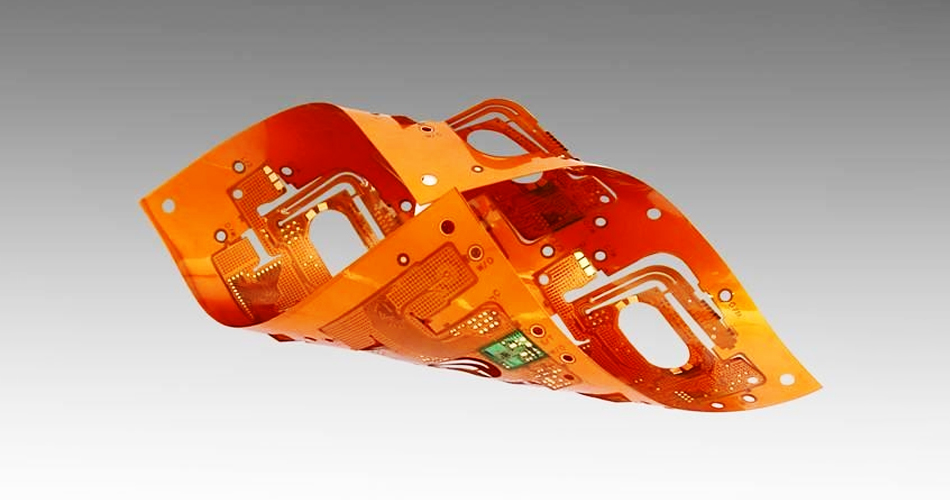- English
- Español
- Português
- русский
- Français
- 日本語
- Deutsch
- tiếng Việt
- Italiano
- Nederlands
- ภาษาไทย
- Polski
- 한국어
- Svenska
- magyar
- Malay
- বাংলা ভাষার
- Dansk
- Suomi
- हिन्दी
- Pilipino
- Türkçe
- Gaeilge
- العربية
- Indonesia
- Norsk
- تمل
- český
- ελληνικά
- український
- Javanese
- فارسی
- தமிழ்
- తెలుగు
- नेपाली
- Burmese
- български
- ລາວ
- Latine
- Қазақша
- Euskal
- Azərbaycan
- Slovenský jazyk
- Македонски
- Lietuvos
- Eesti Keel
- Română
- Slovenski
- मराठी
- Srpski језик
Flexible cable routing and board-to-board connections in PCBA assembly
2024-04-13
In PCBA assembly, flexible cables and board-to-board connections are two common connection methods that allow signals and power to be transferred between different circuit boards. Here are the details about these two connection methods:

1. Flexible Flat Cable (FFC):
Flexible cable is a thin, flexible cable usually composed of insulating material and copper conductors. It is characterized by high flexibility and the ability to bend and fold in small spaces, making it suitable for connecting components that need to be moved or bent. In PCBA assembly, flexible cables are often used in the following situations:
In-board connection: Flexible cables can be used to connect components between different areas on the circuit board, such as connecting LCD displays, touch screens, keyboards or other peripherals.
Board-to-board connections: Flexible ribbon cables can also be used to connect signals and power between different PCBA, allowing them to move or swing relative to each other.
High-density connection: Flexible cables can provide high-density connections, allowing multiple signals to be transmitted in limited spaces.
Anti-interference: Flexible cables usually have a shielding layer, which can provide better anti-interference performance and is suitable for noisy environments.
2. Board-to-board connection:
Board-to-board connectivity is a method of transferring signals and power between different PCBA through connectors or sockets. This type of connection is typically used in applications that require reliable high-speed data transmission and multi-signal connections. The following are the key aspects of board-to-board connectivity:
Connector type: Choose the appropriate type of connector, such as Edge connector, D-sub connector, card edge connector, etc., to meet the needs of your specific application.
Socket Design: Sockets on circuit boards are typically used to receive connector pins and provide circuit connections. The socket design must be compatible with the connector.
Signal Integrity: In high-speed data transmission applications, ensure that board-to-board connections are designed with signal integrity and impedance matching in mind.
Power distribution: Board-to-board connections can also be used to transmit power, ensuring the reliability and stability of power transmission.
Plugability: Some board-to-board connections can be pluggable, allowing boards to be connected and disconnected without turning off power.
Board-to-board connections are commonly used in high-performance and high-reliability applications such as computers, communications equipment, embedded systems, and industrial controls.
Whether it is flexible cables or board-to-board connections, they need to be selected and designed according to specific application requirements. During the PCBA assembly process, it is very important to ensure connection stability, electrical performance and reliability to ensure the normal operation of the product.
-
Delivery Service






-
Payment Options









